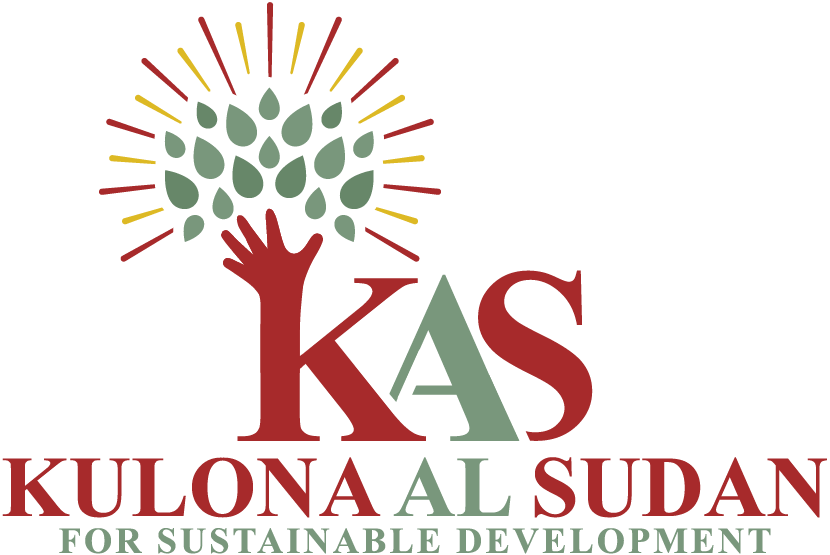Upcoming Project - Modern Integrated Slaughterhouse
This project will establish a state-of-the-art slaughterhouse in River Nile State for sheep and cattle. It includes fattening units, meat and leather processing, waste management, labs, and renewable energy units. The facility adheres to HACCP and ISO 2000 standards to meet export requirements.
Safe and Export-Ready Meat Processing in Sudan
Introduction:
Many sources of information rank Sudan as number one of the African as well as
the Arabian countries regarding animal resources
Livestock represents the largest subsector of the Sudanese domestic economy and is
a growing contributor to exports. The growth of the Middle East markets mean good
potential for Sudanese livestock exports. Though Sudan has a transport cost
advantage to the Gulf markets, the latter are open to world competition for quality,
price, packaging, market promotion and sanitary/ phytosanitory considerations.
Beyond cost, two factors determine Sudanese competitiveness in the Gulf markets:
(i) better meat technology, which allowed Sudan to compete in the fresh and frozen
meat; and (ii) continued strict adherence to the agreed animal health regimen.
This proposed project envisages the establishment of a facility in Khartoum state
for Sheep and cattle fattening and meat processing for export market
Location:
River Nile State.
Project Objectives:
1. Production of safe and healthy meat free from contaminants and diseases.
2. Maintaining public health and environmental health by applying HACCP
compliant health requirements and ISO standard.
(ISO 2000) and Food Safety Management System (FSMS))
3. Treatment Of by-product from the slaughter animal so as to benefit from it.
4. Achieving national food security and economic growth.
Justification for the project:
1. The existence and availability of large numbers of food animals throughout the
year in selected areas.
2. Having an internal and external market to receive the products of the project.
3. Availability of land, water, energy, roads, auxiliary services and trained
manpower.4. Meat export infrastructure remains weak, especially slaughterhouses and cooling
warehouses.
5. Increasing consumption of meat in neighboring countries, especially the Gulf and
the Middle East, which led to increased demand for Sudanese meat because of its
comparative advantages?
6. Increasing the withdrawals of livestock will reduce the pressure on pasture and
water resources and reduce overgrazing and thus improve the environment.
7. Creating a slaughterhouse opens the way for many small industries thus increasing
employment opportunities
8. The establishment of a slaughterhouse also provides a measure of meat and waste
for local consumption at low cost 8. The establishment of a slaughterhouse also
provides a measure of meat and waste for local consumption at low cost
Project Description:
1- The unit of the sheds
2 - Unit for fattening calves
3- Meat production and processing unit
4- Leather production unit
5 - Unit to take advantage of the remnants (to dry blood – bone grinding - and
other waste)
6- Health unit and laboratory
7- Gas and electricity production unit (Bayo Gas)
8- Integrated sewage unit
9- Sewage Treatment Unit
10 - Integrated water unit
11. Training and Rehabilitation Unit
12- Investment and marketing unit
13. Recesses
Results:
1- Contribution to economic development in the region
2- Increase production and productivity
3- Increase in food requirements
4- Progress in meat health and waste industry
5- Rising standards of living for producers
6- Good progress in the health of meat and meat products
7- Fattening cycles can be repeated 5 times during the year to be profit during
the year for the cost.Estimated Budget: in 1000 US$
1- The unit of the sheds 8,000
2 - Unit for fattening calves 10,000
3- Meat production and processing unit 30,000
4- Leather production unit 40,000
5 - Unit to take advantage of the remnants (to dry blood – bone grinding - and
other waste) 3,000
6- Health unit and laboratory 1,000
7- Gas and electricity production unit (Bayo Gas) 2,000
8- Integrated sewage unit 1,000
9- Sewage Treatment Unit 2,000
10 - Integrated water unit 2,000
11. Training and Rehabilitation Unit 1,000
13. Management’s offices 5,00
13. Recesses 5,00,
Total cost: 100,000



